MBST® is used worldwide in medical centres and clinics to treat various diseases and injuries of the muscululoskeletal system.
The wide range of different already successfully treated indications is made possible by its active principle which targets the cellular level with magnetic resonance.
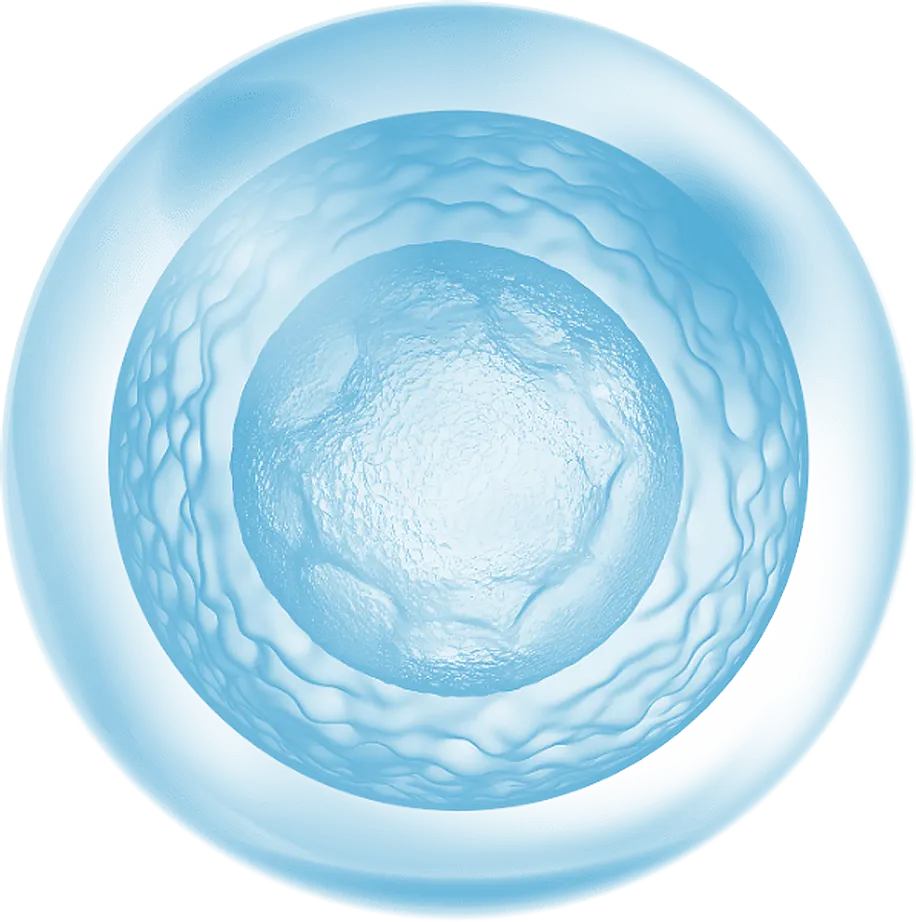
To use magnetic resonance with a therapeutic aim, various tissue parameters were determined for the development of the MBST therapy devices. These are also the basis for the image contrasts in MRI diagnostics: protone density, relaxation times etc. Based on this, the tissue-specific treatment sequences with unique frequencies for the different areas of application could be developed. Thus, each MBST therapy targets the specific damaged tissue: cartilage, bone, muscles, tendons, ligaments, intervertebral discs, nerves etc.
This is why a correct diagnosis is important for a successful MBST treatment. The indication determines the target tissue and the selection of the fitting therapy card.
Medical centers use MBST magnetic resonance therapy in an out-patient or in-patient setting, preventive, postsurgically or rehabilitation-accompanying. Depending on the indication, MBST may be used as the only treatment. But often it is part of a multimodal treatment plan which is optimized by MBST’s regenerative and anti-inflammatory approach.
Doctors for example report that their patients were able to tolerate significantly higher shockwave impulses when MBST was used as supplementary treatment. Another approach might be that a faster pain-relief and less inflammation allows the patient to start physiotherapy earlier.
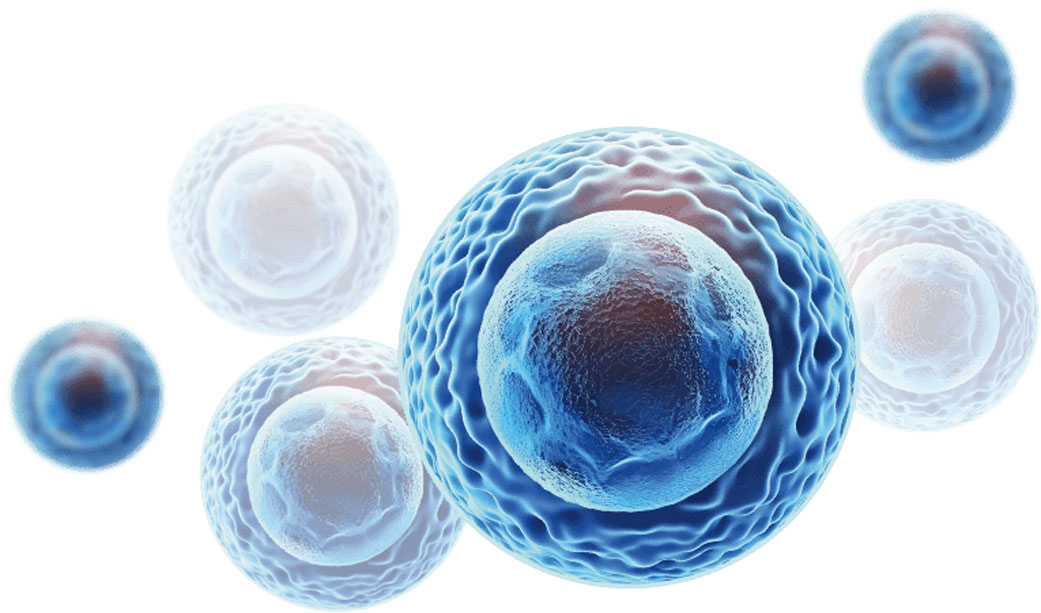
MBST therapy devices are used for the treatment of indications and types of tissue for afflictions, injuries and painful, degenerative and/or pathological changes of the musculoskeletal system. Indications which a regenerative, anti-inflammatory or pain-reducing therapeutic aim
Indications that have been successfully treated to date and are particularly suitable for treatment with MBST are those that are primarily concerned with regenerative, anti-inflammatory and pain-relieving therapeutic goals. This includes degenerative diseases in which the symptoms are caused by increased cell degradation, such as osteoarthritis, osteoporosis and intervertebral disc damage. However, good results have also been observed in acute and chronic inflammatory conditions, e.g. in tendons or fresh surgical wounds or longstanding, non-healing wounds, or indications in which the metabolism is disturbed, such as bone marrow oedema or pseudarthrosis.
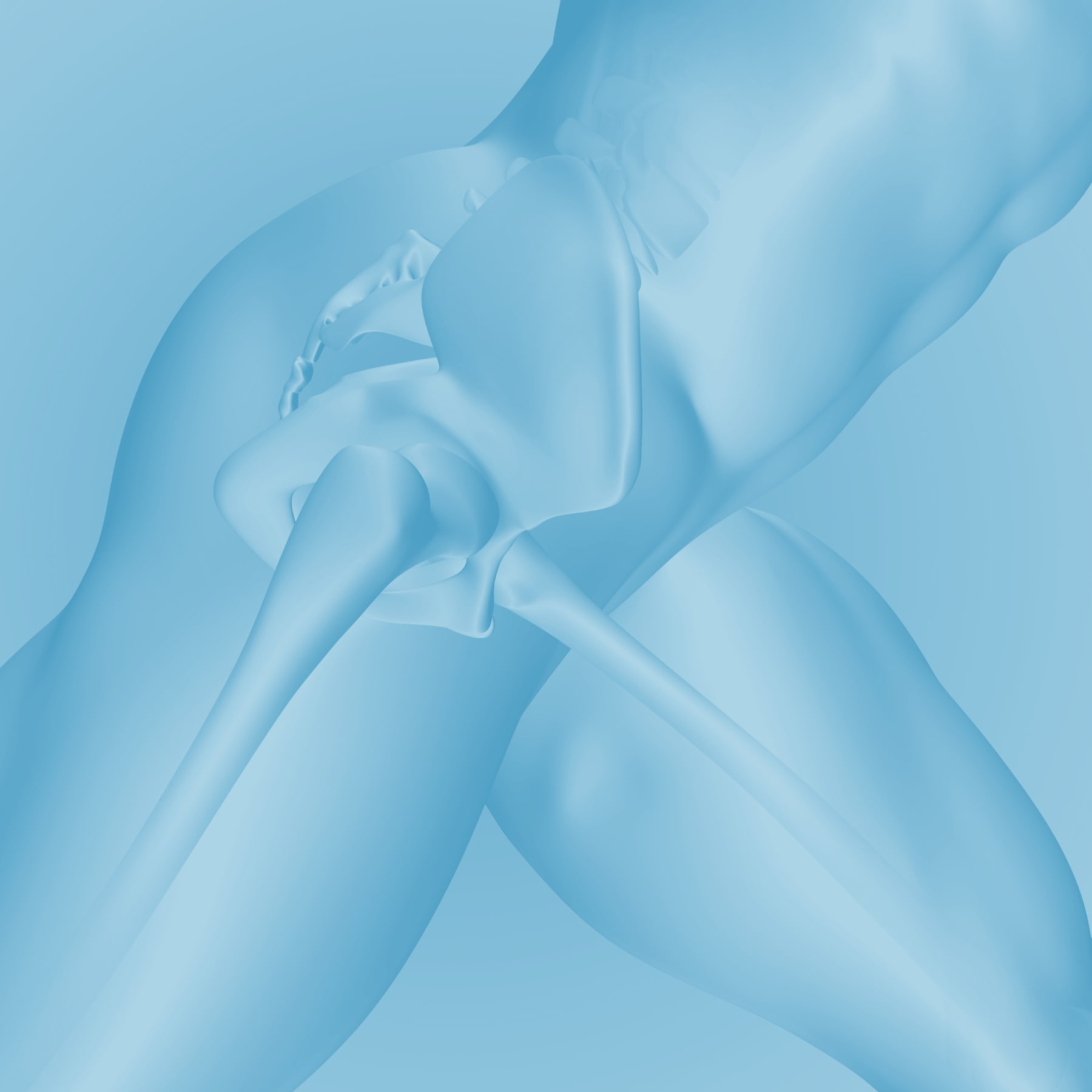
Osteoporosis, bone metabolism
disorders, prolonged fracture healing
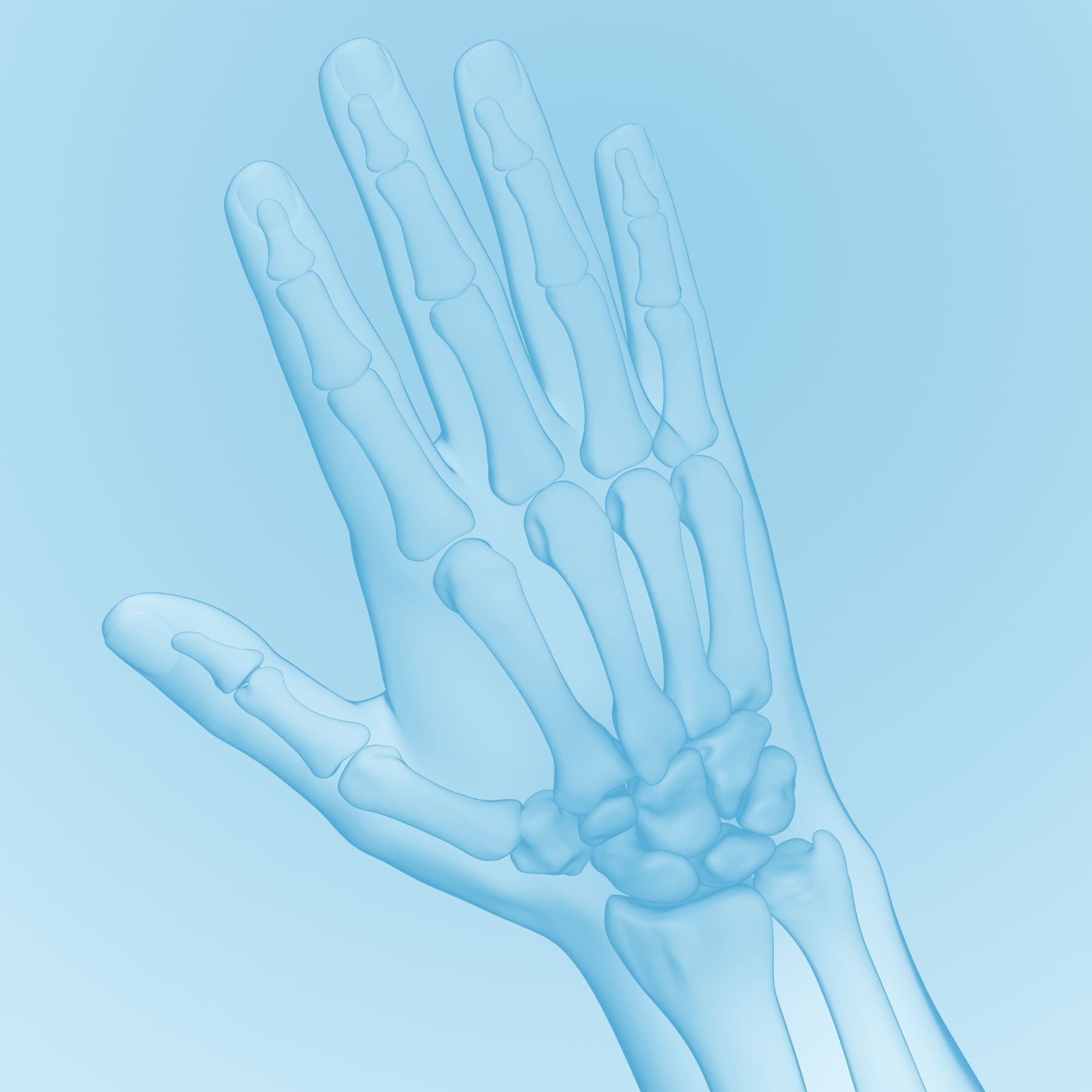
Arthroses of different joints, (posttraumatic) cartilage damages
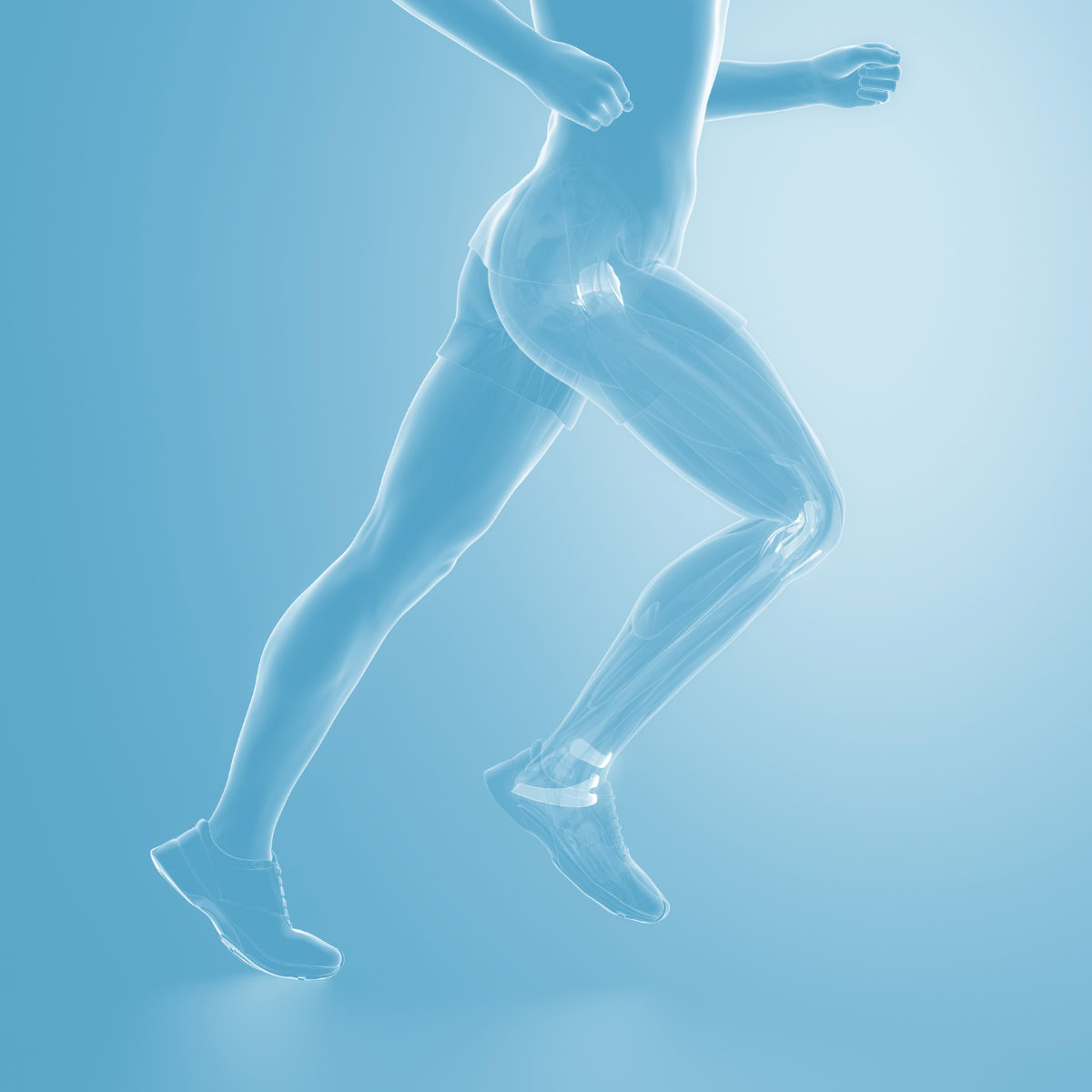
Muscles, ligaments, tendons
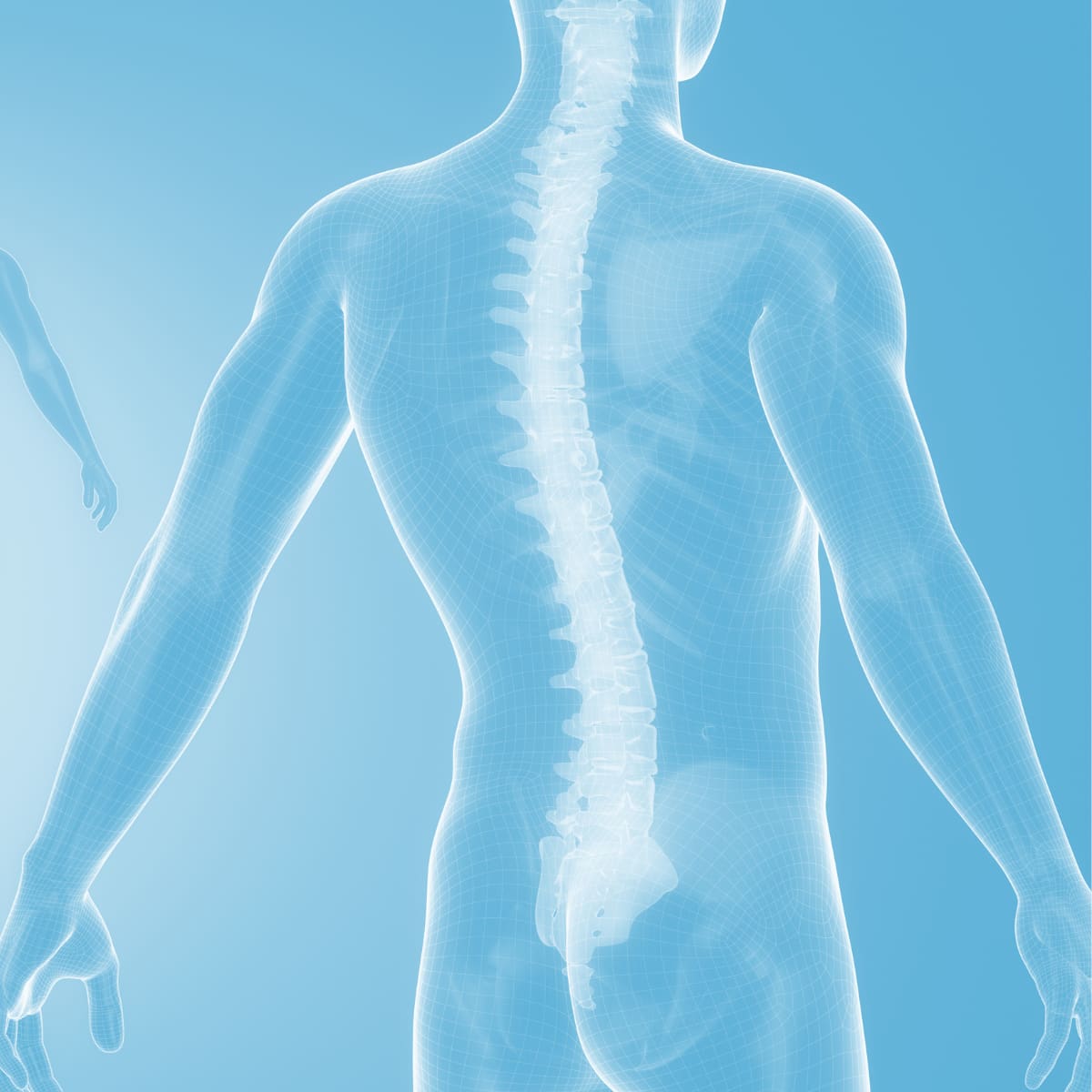
Chronic back pain, discopathy
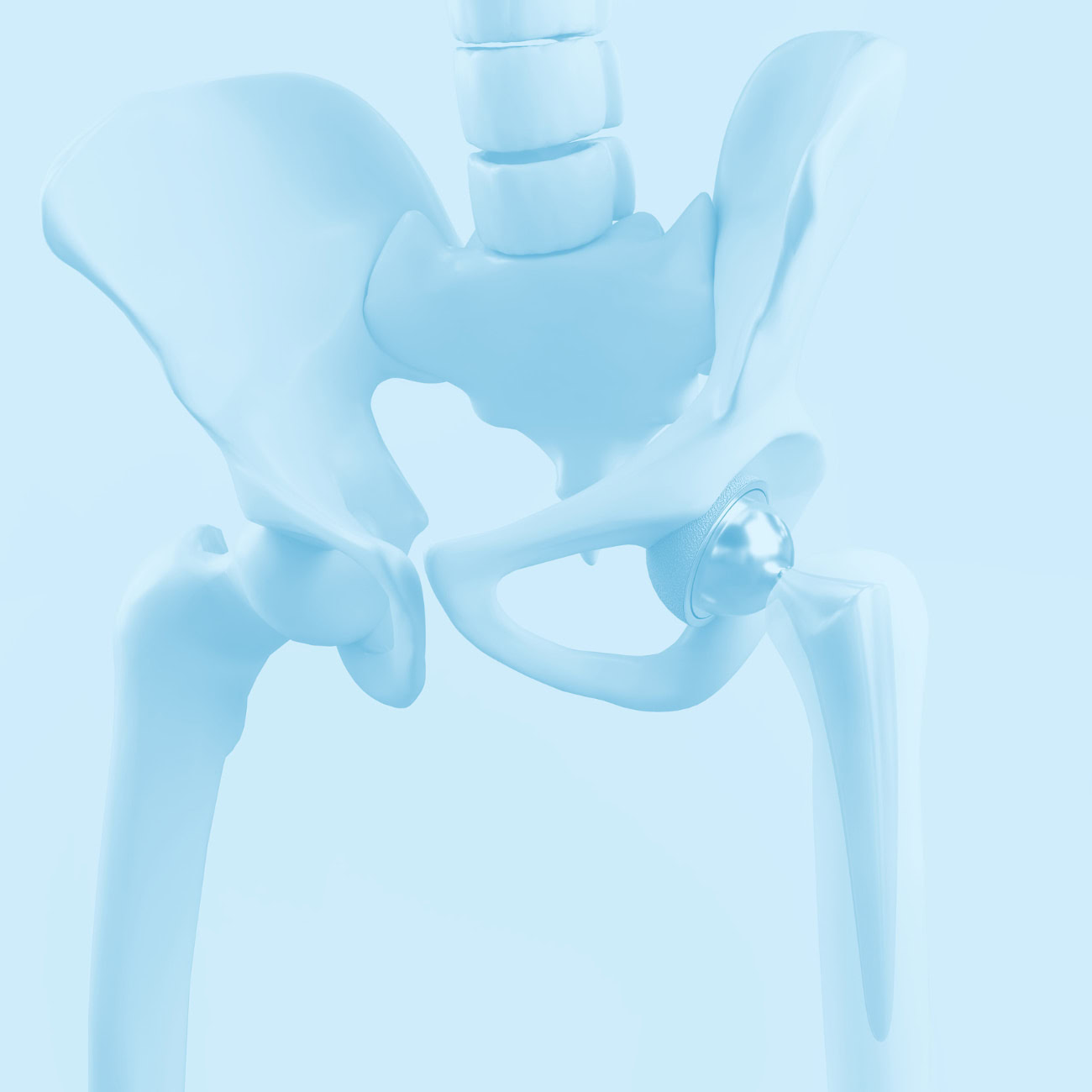
After surgery, anti-inflammatory approach
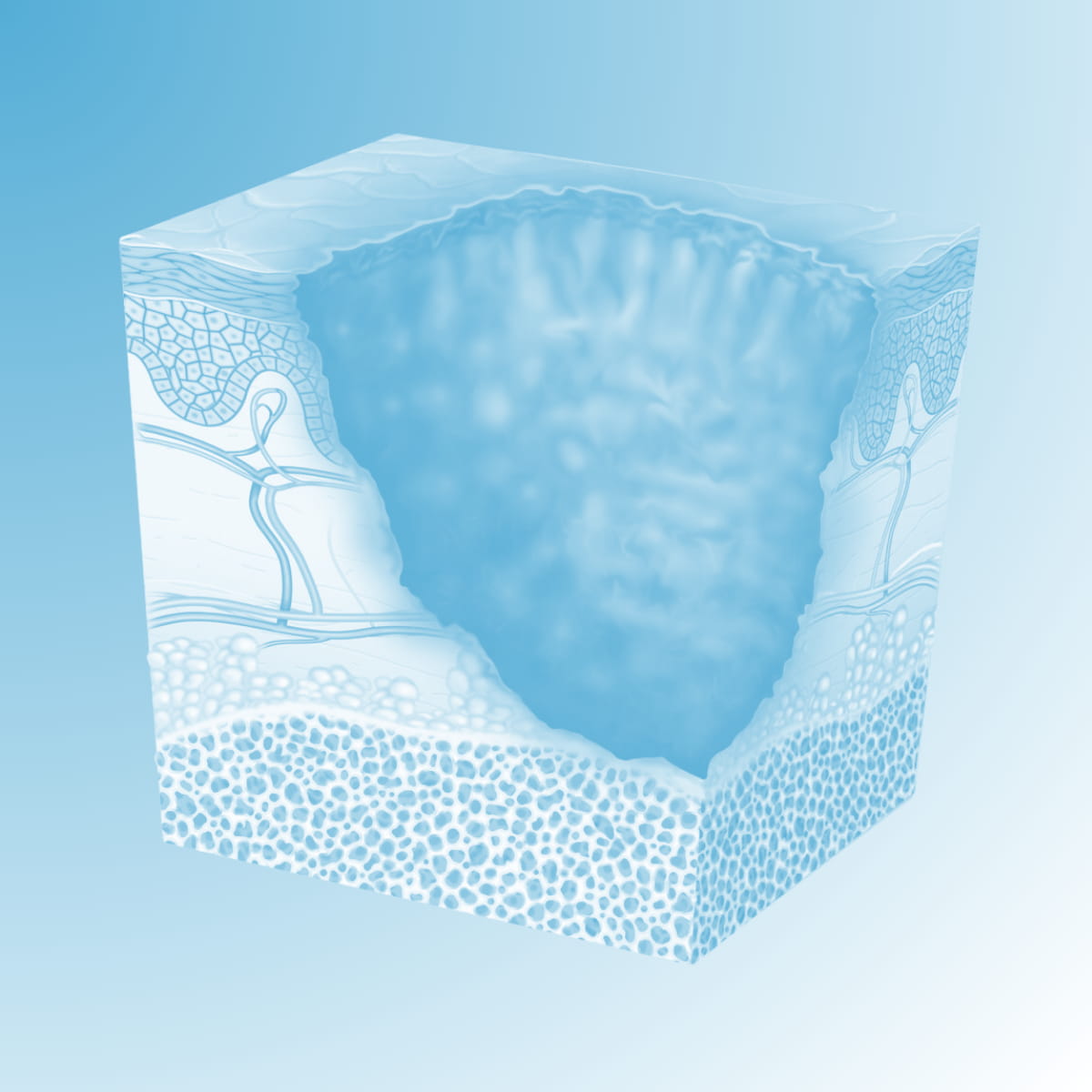
Chronic wounds
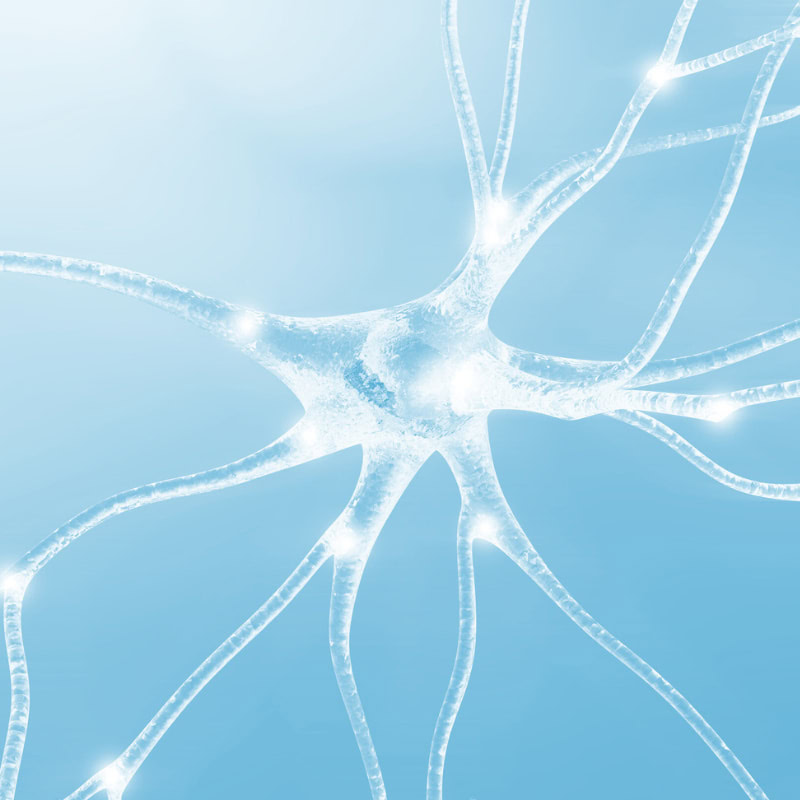
Nerve damage, inflammation of the nerves
This popup shows the full story from each testimonial when “Story lesen” is clicked. You don’t need to edit this text — it will be replaced automatically.